From Dec. 14, 2022 to Dec. 31, 2023, the Reggia di Portici, home of the Herculanense Museum, a rare exhibition on wood in the ancient city of Herculaneum: titled Materia. The wood that did not burn in Herculaneum, is curated by Francesco Sirano and Stefania Siano and focuses on the many uses of wood in ancient Rome. In fact, Herculaneum is not only the only city in the Roman world that preserves its ancient sea front and theelevation of houses up to the second floor, but also wood as a building material, furniture and more. This is due to the particular type of burial, caused by the waves of volcanic mud from the eruption of Vesuvius in 79 AD. In fact, the pyroclastic blanket about 20 meters thick also encompassed materials, tools, architectural elements, and wooden furnishings that were charred but not burned. Their preservation is due above all to the painstaking and passionate work carried out by workers, restorers, architects and archaeologists, who have succeeded each other in managing the site, and have passed the baton from one generation to the next in the complex and exciting challenge of preservation starting with the Maiuri excavations and then over the course of no less than nine decades. A list of people and professionals thanks to whom it has been possible to reknit in the midst of so much destruction, caused by the eruption of Vesuvius in 79 A.D., first the thread of form and then the thread of life of objects destined for oblivion.
Herculaneum thus preserves an absolutely unique heritage of wooden artifacts, ranging from fixtures such as doors, windows, partitions, to furnishings, e.g., cabinets, chests, tabernacles, beds and small tables made of wood, the result of expertly crafted work. The painstaking restoration work has allowed the recovery of many valuable objects that, although they appear, in most cases, as charred wood, nevertheless retain their original form and refinement of the with the collaboration of carved decorations. In addition, all of the wooden objects from Herculaneum provide an extraordinary match to what is known from written sources, frescoes and ancient reliefs, and provide a very rare opportunity to reconstruct ancient carpentry and cabinetmaking techniques.
The exhibition is produced by the Archaeological Park of Herculaneum with the usual support of the Packard Humanities Institute, a historic partner with whom many of the most recent discoveries have been shared that will be presented to the public for the first time (such as the wooden roof from the House of the Relief of Telefo and the ivory-covered furniture from the Villa of the Papyri). The exhibition was created as part of an inter-institutional collaboration with the Metropolitan City of Naples, the Department of Agriculture and the Musa (Reggia di Portici Museum Center) of the University of Naples Federico II, with HEBANON Fratelli Basile 1830 sponsoring. The installation is entrusted to the company ACME04 and with the contribution of the Campania Region - General Directorate for Cultural Policies and Tourism, as part of the interventions of the POC 2014-2020. Visitors will be able to enjoy the exhibition ticket at a cost of 5 euros, but also an integrated ticket at a cost of 15 euros, which will allow them to see the exhibition and also the Royal Palace of Portici, the Botanical Garden and the Archaeological Park of Herculaneum. The itinerary takes in some of the rooms on the main floor of the Royal Palace, according to a register of undoubted evocative power that will allow the visitor not only to appreciate the true miracle of the preservation of the wood that escaped the catastrophe that struck theVesuvius area, but also to immerse oneself in the life of the ancients and to understand, through more than 120 objects, all from Herculaneum and never before presented to the public in monographic form, how vital wood was for every activity as well as being a precious material to the point that trees and woods often took on aspects of sacredness and symbolic values.
The exhibition can be visited every day except Monday (closing day). Winter hours (October 15 to March 15): 9:30 a.m. to 5:30 p.m. (last admission 3:30 p.m.). Summer hours (March 16 to October 14): 9:30 a.m. to 7 p.m. (last admission 5:30 p.m.). Exhibition ticket € 5. Integrated ticket € 15.00 (includes visit to exhibition, Reggia di Portici, Herculanense Museum, Botanical Garden, Herculaneum Archaeological Park)
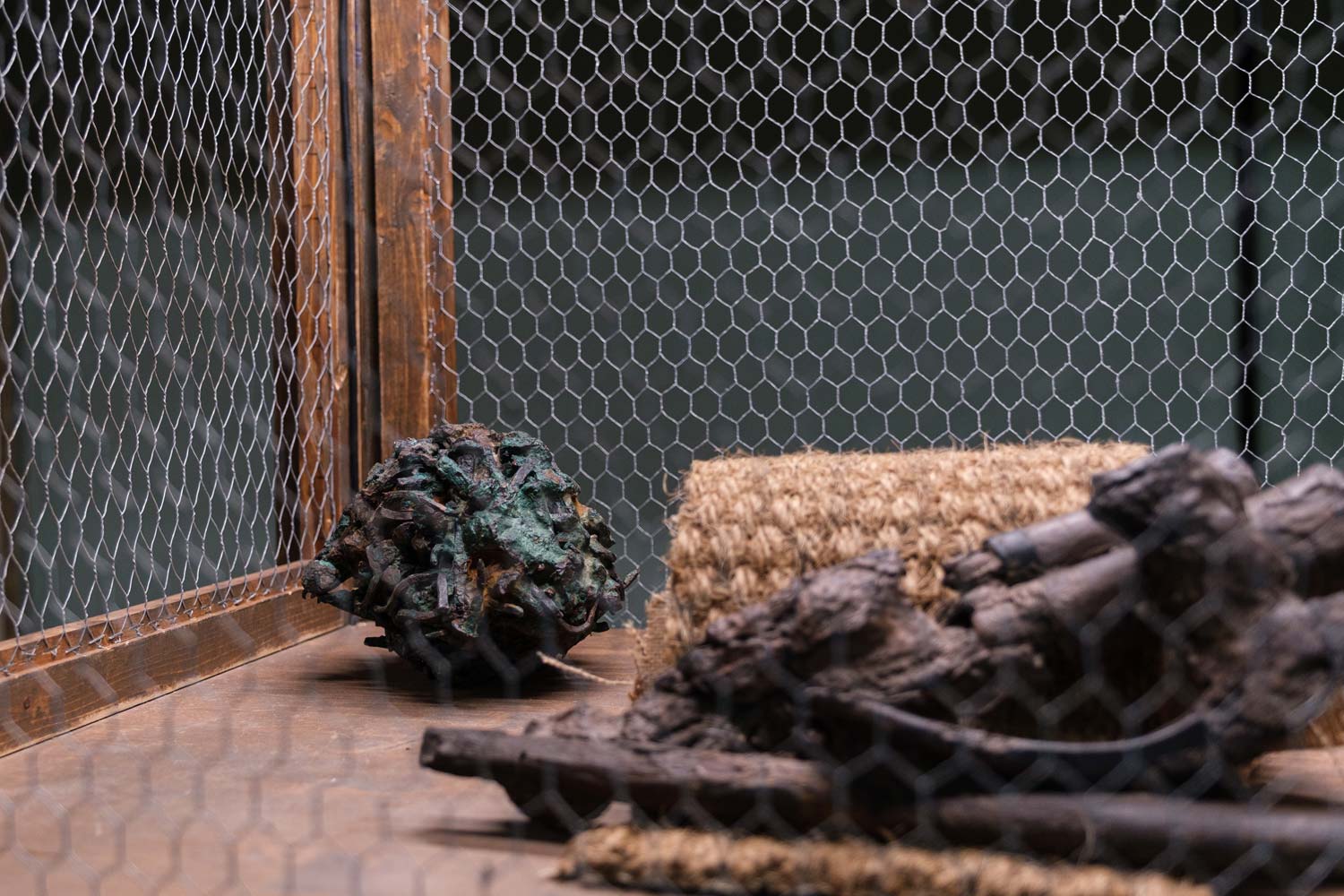


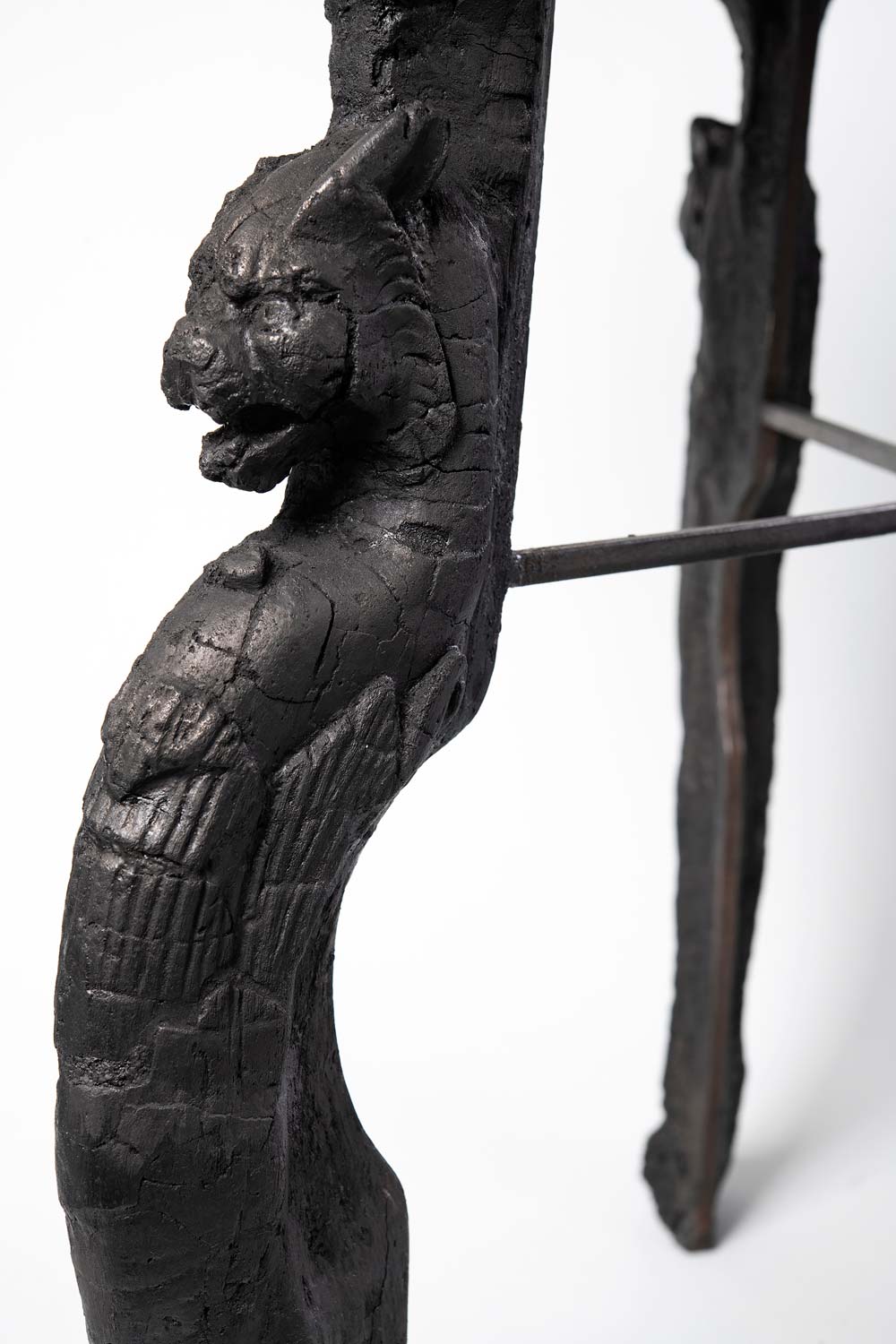
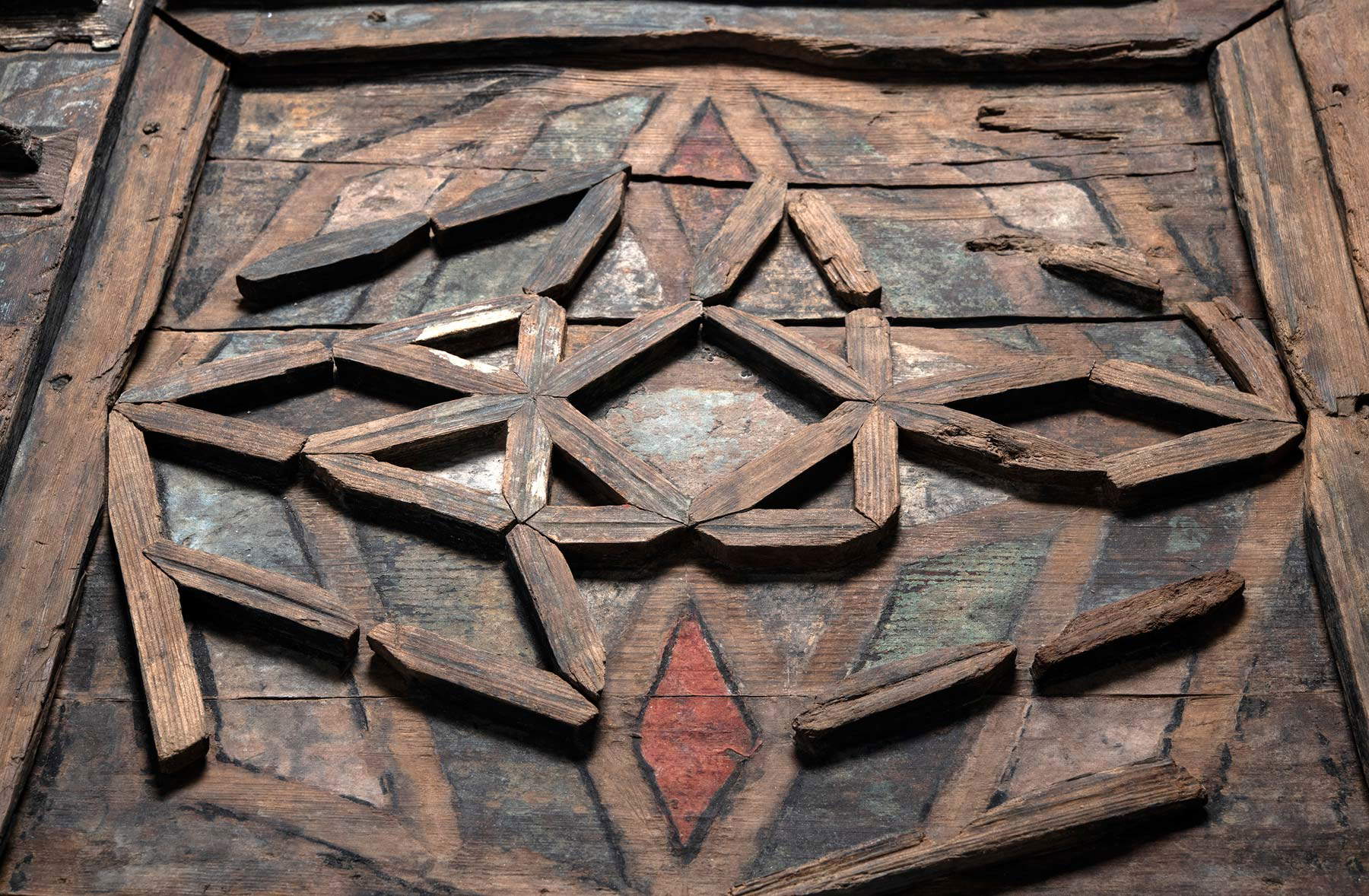
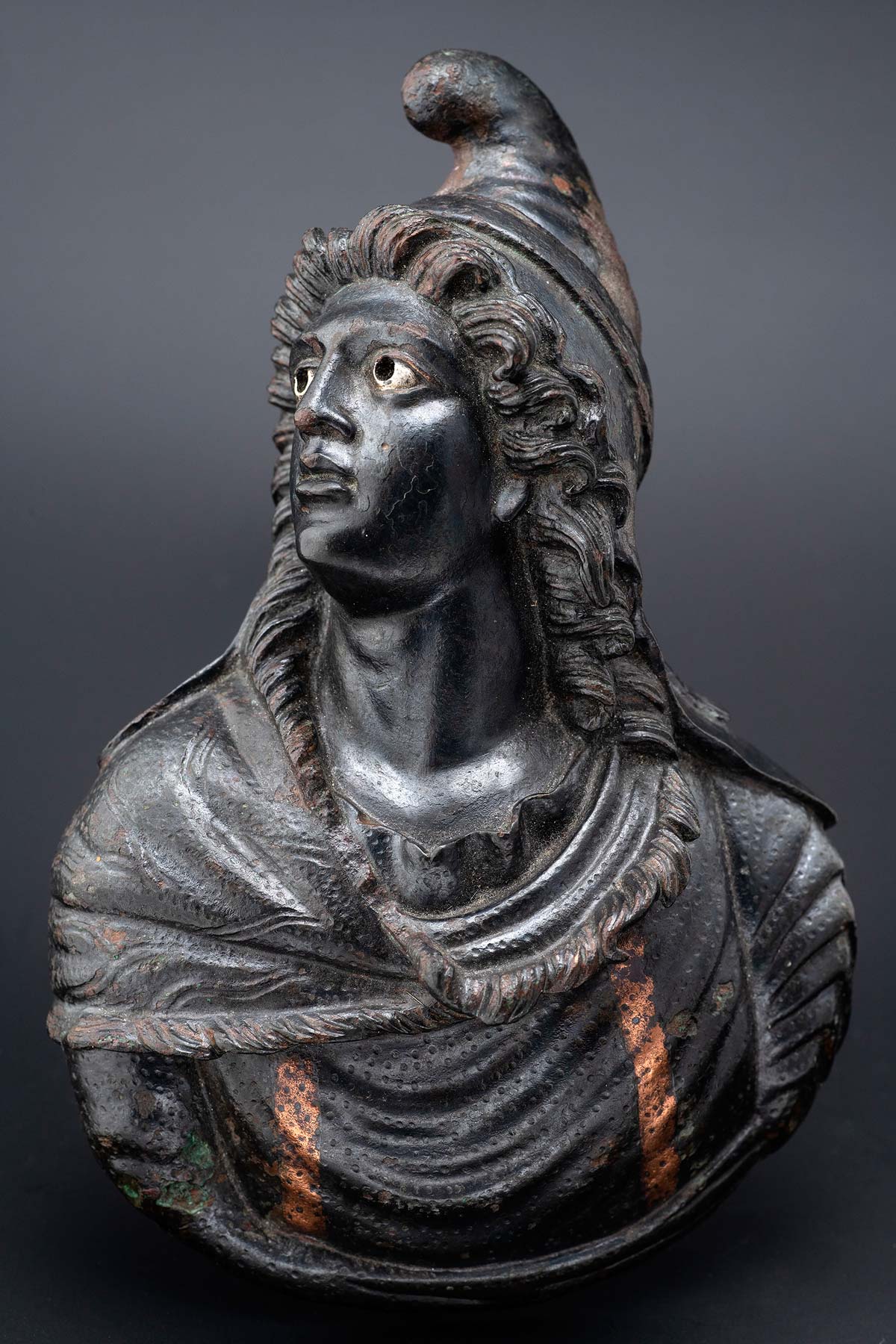
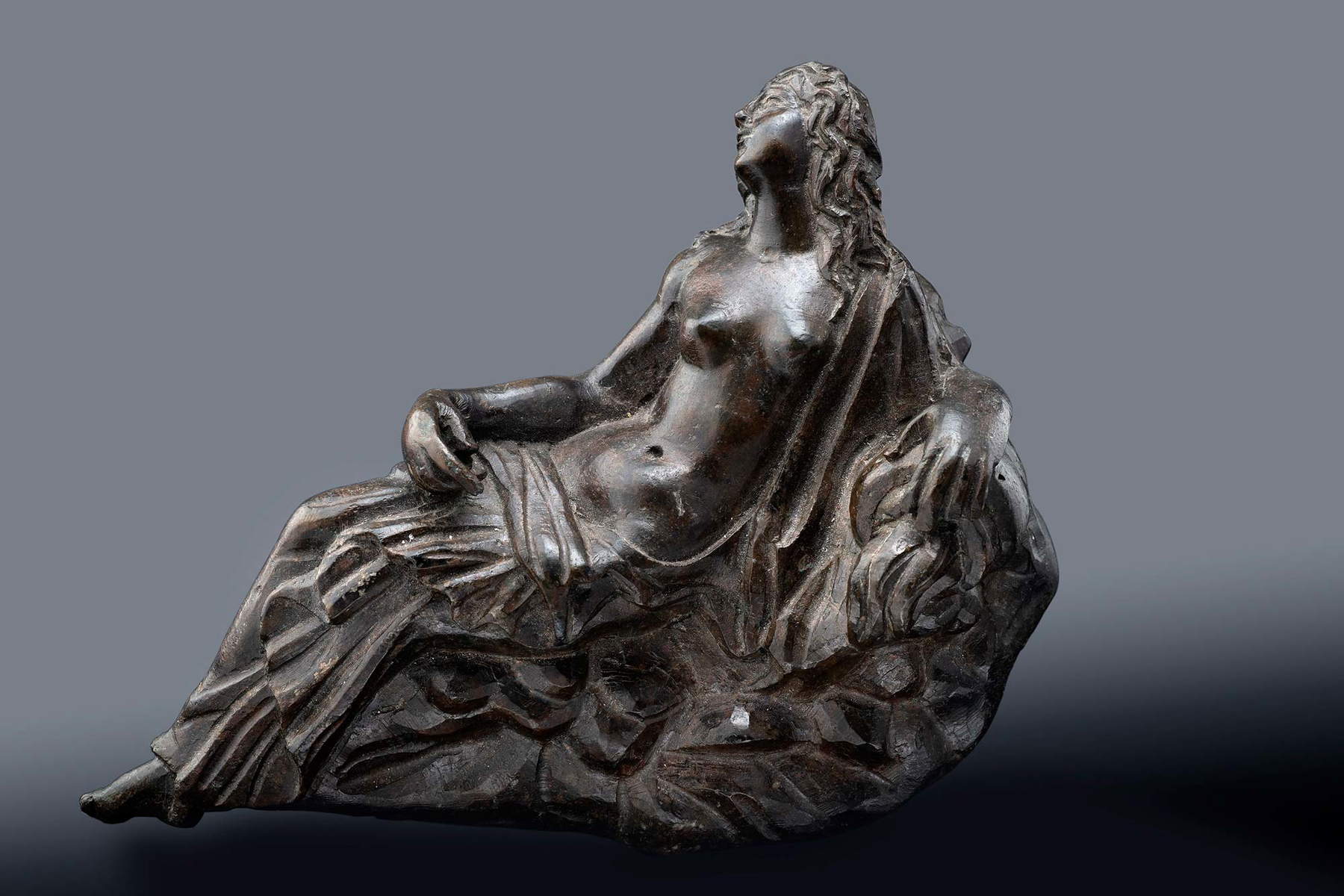

The visitor, after being introduced to the route by an installation of lights and sounds, evoking the heat and destructive force of the eruption that incredibly determined the preservation of wooden materials in Herculaneum, finds himself immersed in the colors and scents of the material, that is, wood, as if he were in a carpenter’s workshop, where accumulations of planking and veneers season waiting to be used. This will be the first approach to "matter," a technical term that the Romans used not only with its current meaning, but also to refer to cut wood, as yet unprocessed: wood as a material par excellence. The next room proposes the same setting, but, this time, referring to the moment of woodworking and juxtaposing ancient tools and objects with a series of nineteenth-century tools and objects from the collection of Hebanon, a company of the Basile brothers, which testify to centuries of continuity in the sphere of this production essential to all human societies. Tools for the various stages of woodworking are often depicted in reliefs decorating funerary monuments at various sites in the Roman world or, more rarely, other types of artifacts as well; they are sometimes mentioned in ancient texts and, in some fortunate cases, where burial conditions allowed, such as those at Pompeii and Herculaneum, material evidence of them has been found.
In fact, comparing ancient tools with modern ones, it is evident how little they have changed over the centuries, being closely related to their function and requiring no change other than a few improving details. It is amazing to observe how axe, saw, drill, compass and square, hammer, level and plumb line, chisel, file and rasp remained basically the same; and since ancient authors rarely describe the techniques of carpenters and joiners, the evidence of wooden objects from the excavations at Herculaneum provides an exceptional opportunity to study the ancient techniques of working even minute pieces of furniture and objects, such as coin purses and sculptures, as well as ladders, doors, fixtures, boats, roofs and ceilings.
The workmanship was mainly based on the use of dowelling and interlocking, both of which are attested in Herculaneum in structural elements and furniture, respectively. Of the joints, the most widely used was the tenon and mortise joint, consisting of a male (tenon) and corresponding housing (mortise), which has been used for thousands of years to join pieces of wood, especially when they form a 90-degree angle. Nails and glue were used to fasten the joints, and it should not be forgotten that although metal furniture feet were preferred for their load-bearing strength, there are numerous evidences in Herculaneum of wooden feet worked on the lathe. The third room is devoted to artifacts that are particularly representative of woodworking techniques, belonging to the wooden false ceiling of the so-called marble hall of the House of the Relief of Telefo, from where some 250 fragments (almost entirely of spruce) of a wooden roof and false ceiling, incredibly preserved from the eruption, come. An artifact of absolute uniqueness for the ancient world.
The wood is still “alive” and retains traces of colored pigment in several places. Thanks to the excellent condition of preservation, it was possible to reconstruct the interlocking techniques and hypothesize the general appearance of the lacunar ceiling, including the ancient coloring. Analysis of traces of colored pigments, still preserved in some fragments, allowed reconstructing the vivid overpainting in blue, red, green and white. The central element of the ceiling was covered with gold leaf foil. Thanks to the complex study of the drop position of each element, it was possible to hypothesize their original position in the suspended ceiling and propose a reconstruction hypothesis. The pattern of the ceiling, both in terms of the individual decorative motifs and the compositional scheme, can be framed in the height of the Augustan age.
The continuation of the itinerary is devoted to the sea front of the city, highlighted by excavations conducted between the 1980s and the 1990s. The city’s seafront constitutes a unicum in Roman archaeology, together with the skeletons of those who attempted to escape the eruption by sea and the exceptional remains of boats and objects related to seafaring and fishing, many of them made of wood, cork, cordage and leather, extraordinarily well preserved. One of these boats will be found in the center of the room, as if submerged in water, along with a vertical winch and a foremast. It is a small boat used for fishing, discovered in the 1990s in the area near the thermal complex of the city’s Northwestern Insula, where numerous artifacts have been found that attest to the fact that, at the time of the eruption, the baths were used as a place to store boats and equipment related to maritime activities. The body of the boat, only partially preserved, measures 280 cm in length and 118 cm in width, but its proportions suggest that its dimensions were originally significantly larger than the preserved portion of the hull.
On display next to the boat is the red-painted wooden foredeck in the shape of a snake’s head, which finds numerous comparisons in Pompeian frescoes, also found in the same area as the boat, along with a wooden rudder and six oars, again attributable to fishing boats, a roll of rope and a fishing net with numerous lead net weights. The same context returned the exceptional vertical wooden winch displayed in the exhibition, technically referred to as a “cabestan,” which was probably used to pull boats ashore, and which still retains the recesses for the maneuvering planks and the vertical wings for collecting the rope.
From this room, two small walkways cross a room paved with mosaics, suggesting the crossing of a river metaphorically drawn by a floor projection, in which flow, pushed by the force of the current, short phrases and words that, on the one hand, recall the sphere of sacredness of the forest, and on the other, poetically evoke tools, objects and figures related to the theme of working and processing the precious wooden material. It is the landing to a different, more symbolic, intimate and magical dimension, to the place where the material comes from, the forest. In fact, in the last room, the largest of the itinerary, which houses objects of furniture and wooden furnishings of rare beauty, to evoke the origin of the artifacts, the display cases are placed within the stylized reconstruction of a forest at night time, with projection, in the center of the ceiling, of the constellations and the Milky Way. In the clearing that opens the sky to the gaze, a comfortable sofa will allow pausing and viewing of the evocative phrases that will be composed among the stars. At the conclusion of the exhibition, a multiple projection allows for the ultimate evocative appreciation of the exhibits, with images flowing rhythmically across the six monitors in a coordinated interplay between overview and details. Inscriptions of their names in Italian, Latin and English and sounds evoking the function of individual objects complete the final suggestion of the tour. Information about the exhibits on display in the exhibition and their discovery will be available through the NFC-activated webapp: simply bring your smartphone close to the cards arranged along the route to directly access the information without the need to download any App. So that access to the information is as wide as possible, the QR code and direct link to the webapp will also be available: www.materiainmostra.it
 |
| Wood that didn't burn at Herculaneum on display at the Palace of Portici |
Warning: the translation into English of the original Italian article was created using automatic tools. We undertake to review all articles, but we do not guarantee the total absence of inaccuracies in the translation due to the program. You can find the original by clicking on the ITA button. If you find any mistake,please contact us.